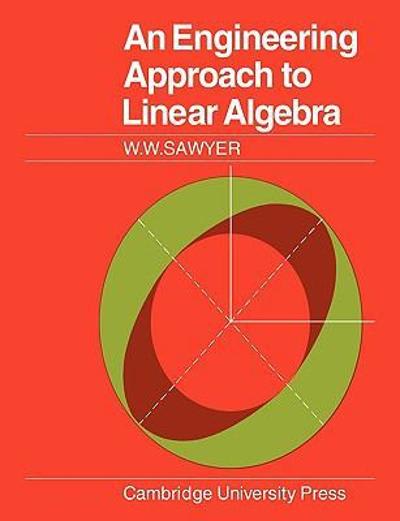20. Identifying Pseudo-Replication: For each of the studies in Questions 20 and 21, describe he variable of interest, the population of interest, and the replicate units that make-up this population. Describe if the original data values produced by the study design include pseudo-replication or lack of independence. Explain how the data might be manipulated to eliminate pseudo-replication (reduced to one data value per replicate) or how non- independent measurements are related and how this problem could be fixed. a. Question: Does agricultural fertilizer runoff increase algae in freshwater lakes in Indiana? Study Design: Two similar size lakes are identified. One receives drainage water from agricultural fields, the other is in the middle of a wilderness area. Once each month during the period April through October, ten five-liter water samples are taken at random locations on each lake. Algae biomass (grams dry weight/ml) is measured on three one-liter sub-samples taken from each five-liter water sample. Variable of Interest: Population of Interest: Replicate: Pseudo-replication ? Yes / No Lack of Independence ? Yes / No Explanation: b . Question: Does agricultural fertilizer runoff increase algae in freshwater lakes in Indiana? Study Design: Twenty ponds of equal surface area and depth are dug at a facility near Purdue University, Lafayette, Indiana. Ponds are randomly assigned to receive one of two treatments: fertilizer added or control (no fertilizer). Once a month during the period April through October, ten five-liter water samples are take from random locations in each pond. Algae biomass is measured on three one-liter random sub-samples taken from each water sample. Variable of Interest: Population of Interest: Replicate: Pseudo-replication ? Yes / No Lack of Independence ? Yes / No Explanation: C. The experiment described in b. was actually implemented using small artificial ponds, the motivation was to address the question about the effect of fertilizer runoff on lakes. Describe the advantages and disadvantages of doing the study with artificial ponds rather than using real lakes







